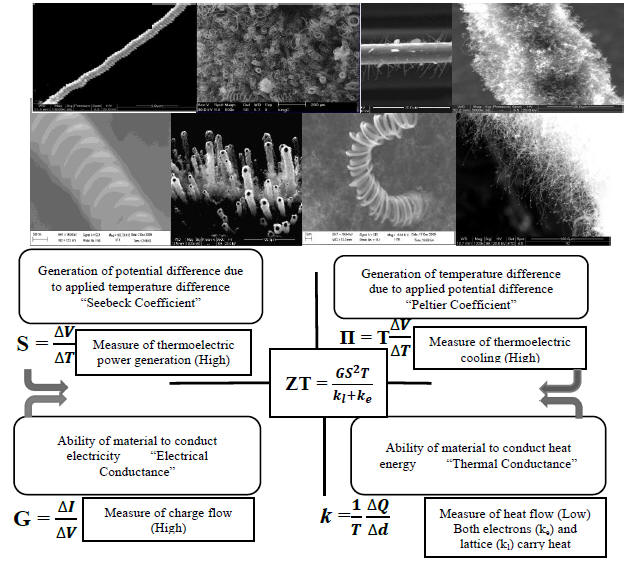Area of Interests
|
-Carbon
nanotubes,
graphene,
porous carbon,
exfoliated graphite,
-Nanostructured
advanced materials including nanopolymers,
-Multifunctional
and functionally graded composites,
-Nanocomposites
including multiscale composites,
-Carbon-carbon/silicon
composites,
-Finite
element analysis of polymeric products,
-Roadwheel
of Military Battle Tank Arjuna
-Applications
of materials in Fuel
cell, Lithium
battery,
Thermoelectric,
Water
purification,
Supercapacitor,
High
performance structural composites,
Catalysis,
and Biomedical
Implants |
|
Publications
-Journal
Papers: 302
-Books:
12+3(special
issue)
-Book
Chapters: 141
-Conference
Papers:
135++
-Patents:
64
-Conf
Proceedings: 08 |
Sponsored Projects
-Projects
in Progress:
04
-Projects
Completed:
43
-Undergraduate
Project:05
-Advanced
Nanoengineering
Materials
Laboratory
-Laboratory Staff:
01 |
Students
Supervised
-Postdoc:
01+05(C)
-PhD:
35
(completed)
-PhD:
06
(ongoing)
-M.Tech:
97(completed)
-M.Tech: 03
(ongoing)
-Visitors:+++ |
________________________________________________________________________________________________________________________________________________________________________________________________________________________________________________________________________________________________________________________________________
Would you
like to utilize waste heat and/or solar energy into electrical energy by
using novel material?
Thermoelectrics
play a vital role in the field of renewable energy conversion technologies
for balancing the global energy crisis. It has proved the potential use in
various high end technological applications such as missiles, space-crafts,
etc. The thermoelectric performance of devices mainly depend on the type of
materials used in it and their individual properties such as Seebeck
coefficient, electrical conductivity, thermal conductivity, thermal
stability, etc. The low thermal conductivity requirement is to maintain a
large temperature gradient, high Seebeck coefficient is for producing a
large potential difference and high electrical conductivity is to minimize
the Joule heating effect, respectively.
The pre-requisites
for a good thermoelectric materials are as (i) it should have high
electrical conductivity (> 50 S/cm), (ii) it should have a high
Seebeck
coefficient (> 200 μV/K), and (iii) it should have a low thermal
conductivity (≤ 1.5 W/m.K). A proper control in these parameters
within a
single material is quite challenging.
Device specification:
Open circuit voltage: 5 volts, current: 700 mA, 250 elements (125
couples, standard size of commercial element) at the temperature difference
of 100 K, ZT of 0.8-1.0 at 300 K, ZT of 1.0-1.2 at 400 K and ZT of 1.2 to
1.5 at high temp i.e., 600 K, high Seebeck
coefficient ≥ 250 μV/K at 300 K, and lattice thermal conductivity of ~ 1 W/m.K
and power factor of 15-20 μW/cm.K2 at 300 K



